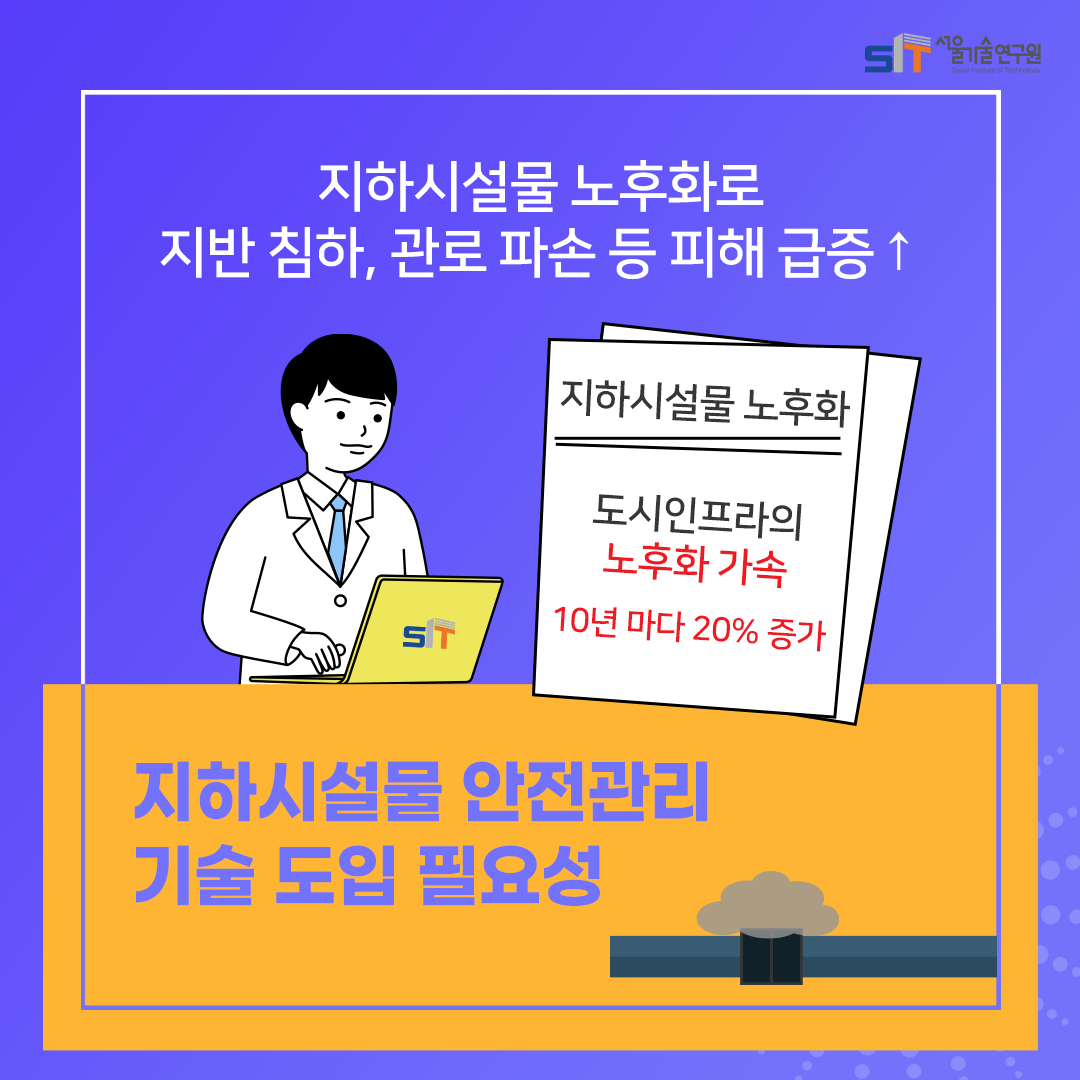Data Analysis Methods and Application Research based on Mathemtical Sciences 1 (National Institute for Mathematical Sciences)
Data Analysis Methods and Application Research based on Mathemtical Sciences 1
- Policy features
Data science is being used in a wide range of fields that are applied to various academic, engineering, and social fields, with the mobilization of computer science and mathematical theory. In addition, artificial intelligence techniques that have recently attracted attention have been used and advanced, contributing to the achievement of successful scientific discoveries. It is clear that basic research based on data science, especially artificial intelligence, statistical analysis techniques, and advanced computing techniques that have contributed to these various fields, can be applied, extended, developed to other areas in terms of their versatility, which can contribute with a new paradigm. We, therefore, are aiming to be applied and developed in the study of mathematical methodology for public safety to contribute to the application of safety policy along with the rigorous response and scientific prediction for 'public safety'.
o Major Key Technologies:
- Time Series Data Analysis : EMD (Empirical Mode Decomposition), PCA (Principal Component Analysis) etc
- Machine Learning: ANN, Random Forests, Genetic Algorithm, CNN, GAN etc
- Complex Networks Analysis
- Low-power Green Computing Module using FPGAs for Data Analysis Tools
- Policy details
- Government Organization Information
- Other Policys of
this Government Organization - Related recommended policys
Policy details
o Major Research Products:
● GA-ANN Classifier: Development of Signal-Noise Classifier combining Genetic Algorithm and Artificial Neural Networks
○ Optimization of Neural Networks via Genetic Algorithm - Higher Performing Classifier by finding optimized networks through searching global optimum
● Enhancing Signal Detection Rate of Gravitational-wave by Machine Learning
○ 10% Enhancement of signal detection sensitivity comparing conventional method
○ Random Forest, Artificial Neural Networks applied
● Development of Anomaly Detection & Extraction Algorithm based on Hilbert-Huang Transform (EtaGen)
○ Signal Anomaly Detection from Gravitational-wave Observation Data
○ Anomaly Detection in the EEG data and Finding Epilepsy Symptom - High Frequency Oscillation Search associated with Epilepy
○ Sea Level Data Analysis using Time-Series Data Analysis
- Correlation analysis between Sea Levels and Environment around Korea using CEEMDAN(Complete Ensemble Empirical Mode Decomposition with Adaptive Noise) based on Hilbert-Huang Transformation
● Abnormal Channel Monitor measured by Correlation Index (CAGMon)
○ Association between two parameter sets of data by using Pearson R, MIC, Kendall’s tau
○ Targeting the reduction of noises vis correlation analysis between noise sources and signals
● Development of Application S/W for dicriminating Climate-sensitive Biological Indicator by using Image Processing
● Hunman Brain & Traffic Network Study using Complex Networks
○ Human brain network analysis & personality: developing S/W for extracting brain connectivity from fMRI, EEG data & personality analysis for network analysis
○ Main traffic network analysis using Betweenness centrality
● Advanced data analysis computing tools using parallel & hybrid computing (VHDL, Verilog, OpenCL, MPI etc)
○ Development of RNGs, FFT modules using FPGA
○ FPGA-based programming and Burn-in test board development
○ Portable data analysis platform via high performance computation module
○ Heterogeneous computing platform and application to deep learning
- Policy details
- Government Organization Information
- Other Policys of
this Government Organization - Related recommended policys
Government Organization Information
Address : 70, Yuseong-daero 1689 beon-gil, Yuseong-gu, Daejeon, 34047, Korea
Website : http://www.nims.re.kr
With the 4th Industrial Revolution coming, society at large demands that mathematics serve an expanded role beyond the laboratory. This has led to the emergence of public opinion regarding the necessity of related mathematics research and education as well as the strengthening of the functions of mathematics.
To meet such national and social demands, NIMS places its goal of conducting strategic R & D, including industrial mathematics, finding and solving mathematical problems in industry and the public sector, and returning the results, and thereby we are trying to contribute to the world through mathematics.
NIMS actively pursues R&D partnerships with businesses to promote innovative ideas in mathematics and assist in the development of start-ups that have the potential to surprise the world over, and also aims to establish a problem-solving system and develop specialized programs for start-ups engaging in mathematics.
n addition, medical mathematics, which is a new field of study combining medical field and mathematics, is responding to the increasing demands of mathematical solutions for the difficulties of the medical field and making efforts to contribute to the improvement of the health and quality of life.
Through appropriate modeling, all problems of the world including those faced by industry lead to mathematics. To find solutions to such problems, the knowledge and methodologies of all fields of mathematics need to be utilized. Upon leveraging its partnerships and by balancing growth across all fields of mathematics as its assets, NIMS will maximize mathematical problem solving ability with balanced growth and cooperation in all fields of mathematics, and will endeavor to contribute directly to the nation and society through industrial mathematics.
To this end, NIMS will maximize its efforts to contribute to the daily life of the public by expanding the role of mathematics upon combining the will and capabilities of all its members.
Other Policys of
this Government Organization
- Policy details
- Government Organization Information
- Other Policys of
this Government Organization - Related recommended policys











